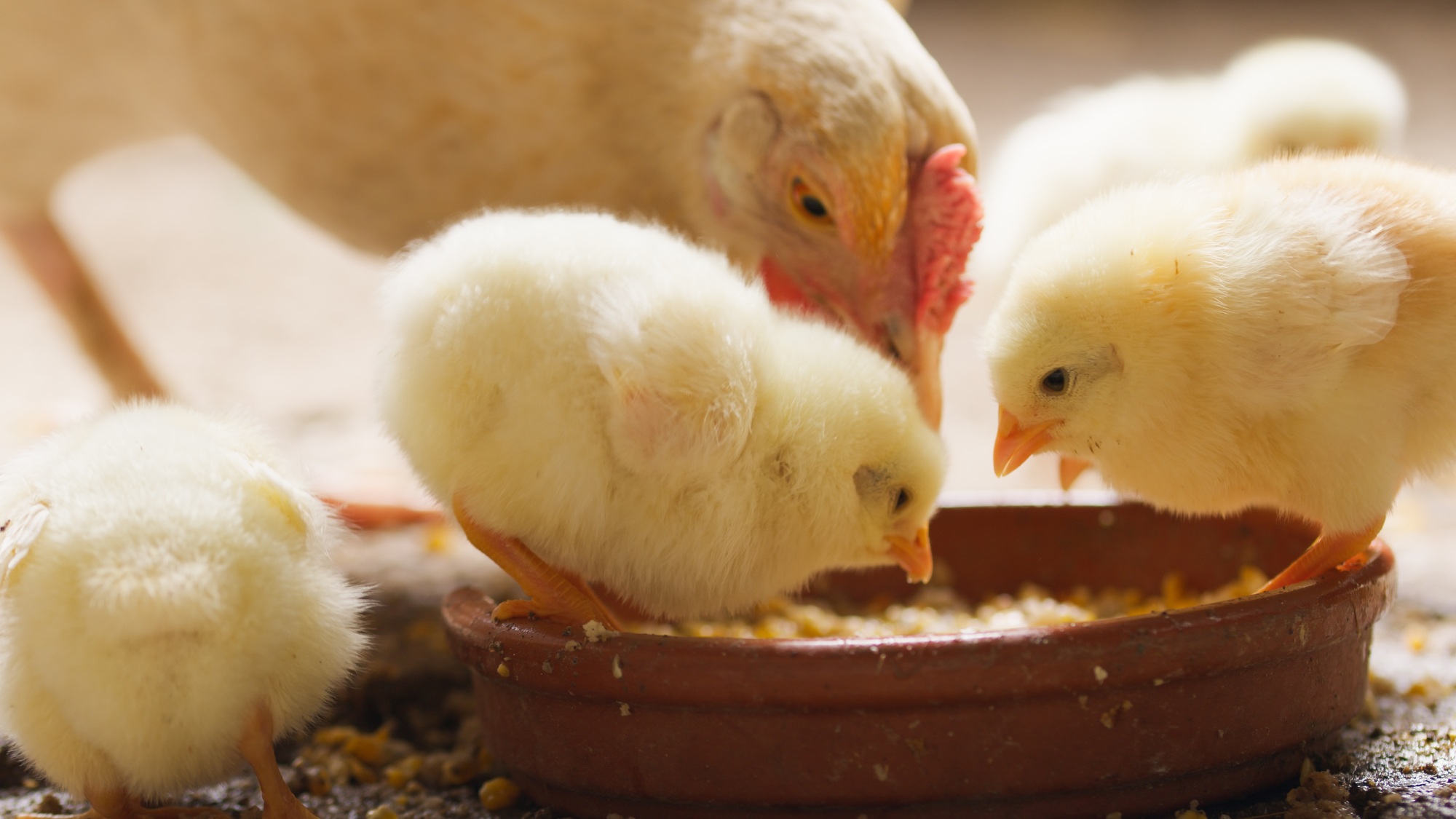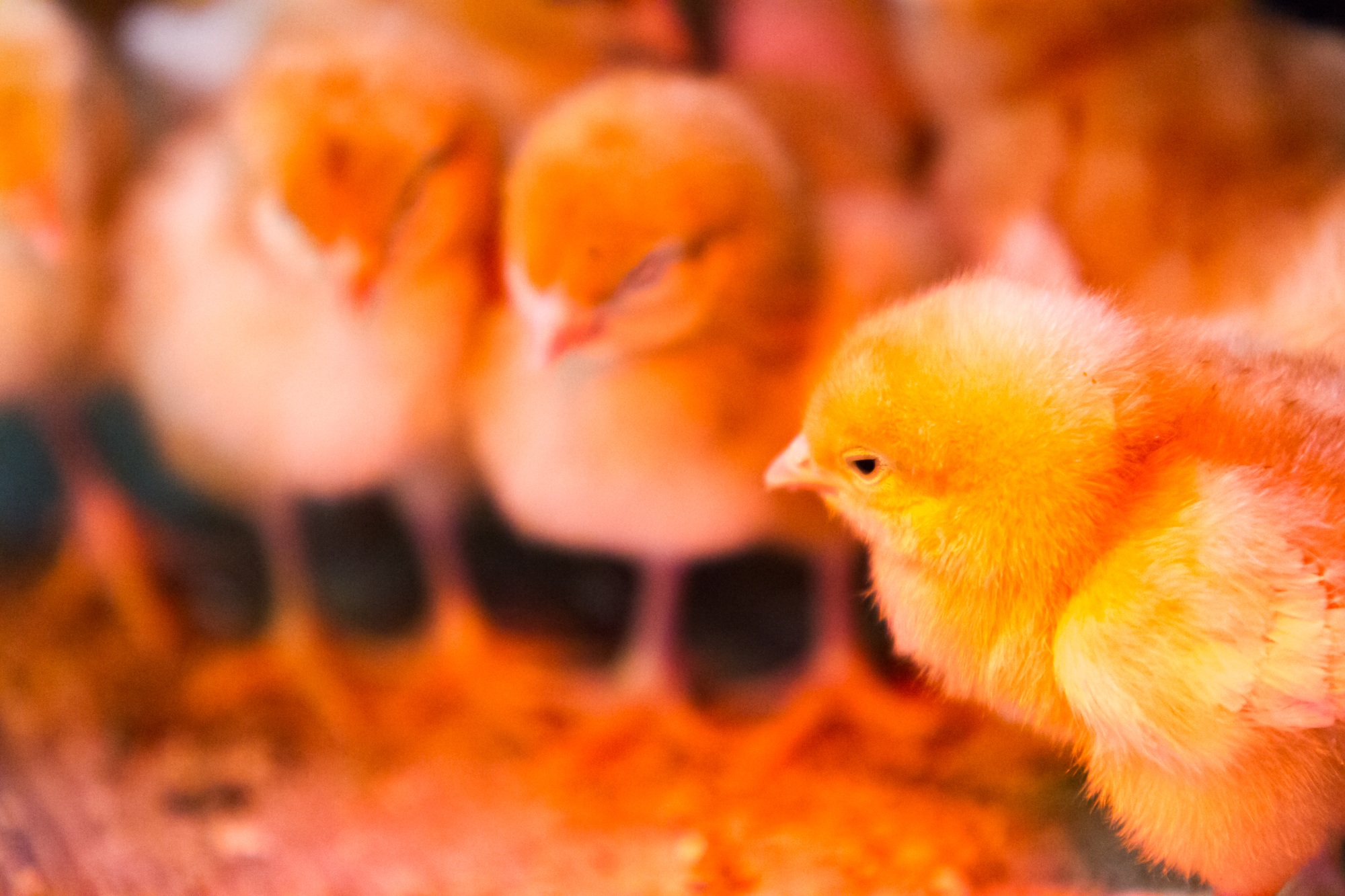In a world where poultry farming has become a pivotal industry, ensuring the health of bird flocks is paramount. This is more than just an agricultural concern—it’s a global issue involving food security and economic stability. Avian Infectious Bronchitis (IBV), a virus that affects the respiratory system of birds, has emerged as a primary adversary to poultry health.
Despite the availability of vaccines, the disease continues to affect flocks, leading to economic losses and raising questions about the efficacy of current prevention methods. So, how does this elusive virus threaten? And what can we do to combat it ?
Understanding Avian Infectious Bronchitis (IBV)
IBV is a highly contagious viral disease that primarily impacts the respiratory system of chickens. First reported in the 1930s in the United States, it has since spread globally, becoming a prevalent issue in regions with large poultry industries, including China.
Characteristics of the Virus
IBV belongs to the coronavirus family, characterized by its ability to mutate rapidly. This results in various strains and variants, each exhibiting different levels of virulence. These mutations make it challenging to develop effective vaccines, as a vaccine that works well today might not be as effective tomorrow.
Transmission and Impact
The virus spreads primarily through respiratory secretions. Birds in close quarters, such as in commercial poultry farms, are particularly vulnerable. Once infected, birds show symptoms like coughing, sneezing, and tracheal rales. The infection does not just affect individual birds; it can devastate entire flocks, with young birds being especially susceptible.

Yellow chicks foraging happily
Economic Impact
The economic ramifications are significant. Infected birds experience reduced egg production and poor weight gain, leading to financial losses for farmers. The need for constant surveillance and vaccination further adds to the costs, making IBV a formidable adversary in the poultry industry.
Vaccination Efforts and Challenges
Vaccination remains a critical strategy in managing IBV, but it’s far from straightforward. The virus’s ability to mutate means that vaccines need frequent updating to remain effective against new strains.
How Vaccines Work ?
Vaccines work by introducing a weakened or inactivated form of the virus to the bird’s immune system, prompting it to develop antibodies. This process prepares the bird’s immune system to fight off the virus if it encounters a natural infection. However, the rapid evolution of IBV strains poses a significant challenge.
The Strain Dilemma
The geographical diversity of the virus means that different regions might require different vaccines tailored to the prevalent local strains. For instance, a vaccine effective in China might not offer the same protection in Europe due to differences in dominant IBV strains.
Current Research and Developments
Ongoing research is focusing on creating broader spectrum vaccines that offer immunity against multiple IBV variants. Some scientists are exploring genetic technologies, like CRISPR, to develop more resilient vaccines. However, these breakthroughs are still in the experimental phases and require rigorous testing before they can be widely implemented.
Regional Variants and Global Concerns
The geographic variability of IBV is a significant concern for global poultry health. The virus is not uniform across the globe, with different regions experiencing unique strains that complicate control efforts.
The Situation in China
China, one of the world’s largest poultry producers, faces unique challenges with IBV. The country’s dense poultry populations and varying climates contribute to diverse IBV strain development. Recent studies have reported emerging strains that have shown resistance to existing vaccines, posing a risk to poultry production not just domestically, but globally through trade.
International Collaboration
Addressing IBV requires a coordinated international effort. Countries need to share data on virus evolution and collaborate on vaccine development. Global health organizations play a crucial role in facilitating this collaboration, ensuring that advancements in one region can benefit producers worldwide.
Economic Implications
Beyond health concerns, IBV affects global trade. Countries may place restrictions on poultry imports from regions grappling with outbreaks, impacting agricultural economies and food supply chains. Therefore, the fight against IBV is not just a health issue but a substantial economic battle as well.
Best Practices for Poultry Farmers
For poultry farmers, the battle against IBV involves a mix of vaccination and biosecurity measures. While vaccines are crucial, they are most effective when combined with preventive practices.
Implementing Biosecurity Measures
Biosecurity involves steps to prevent the introduction and spread of infectious agents. Farmers should ensure that their flocks are not exposed to wild birds and limit human traffic in poultry areas. Proper sanitation and hygiene practices, like regular cleaning and disinfection of equipment, are also essential.
Monitoring and Surveillance
Regular monitoring of bird health is critical. Early detection of symptoms can prevent the spread of the virus. Farmers should work closely with veterinarians to establish a robust surveillance and response plan.
Educating Farmworkers
Ensuring that all farmworkers are educated about IBV and its impact is key. Training programs should equip workers with the knowledge to recognize symptoms and implement biosecurity measures effectively.
Adapting to New Information
As our understanding of IBV evolves, so too should the strategies employed by farmers. Staying informed about the latest research and advancements in vaccine technology can help farmers better protect their flocks.

The Future of Poultry Health Management
Looking forward, the fight against IBV must evolve with the virus itself. As the poultry industry expands and the virus continues to mutate, new strategies will be vital in safeguarding global poultry health.
Advancements in Vaccine Technology
Future vaccines may utilize mRNA technology, akin to those developed for COVID-19, offering quicker adaptation to new strains. These innovations could revolutionize how we approach IBV, making it easier to respond to outbreaks.
Integrated Health Management Systems
Poultry farms might adopt integrated systems combining data analytics, artificial intelligence, and real-time monitoring to predict outbreaks and manage them proactively.
Global Health Policies
Creating international policies that promote shared research and resources will be essential. A global health framework could facilitate quicker responses to outbreaks and ensure no region is left vulnerable.
Education and Awareness
Raising awareness about IBV and its implications can foster community support for research and policy changes, ensuring a unified effort in combating this persistent threat. As we move deeper into the 21st century, safeguarding poultry health remains an essential endeavor, not just for farmers but for society as a whole.
Avian Infectious Bronchitis challenges us to innovate, collaborate, and remain vigilant. By integrating cutting-edge technologies, fostering international cooperation, and educating those at the forefront of poultry farming, we can mitigate the threats posed by this virus. Together, we can ensure a future where poultry farms thrive, feeding our growing global population sustainably and safely. Let’s make this vision a reality by embracing science, community, and resilience.
